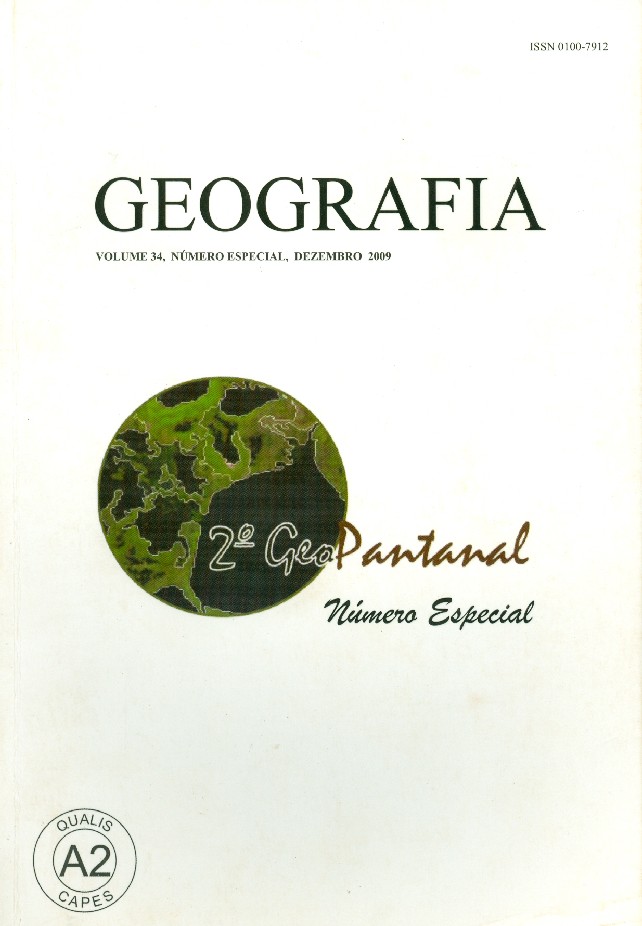DETECÇÃO DE QUEIMADAS A PARTIR DE TÉCNICAS SEMI-AUTOMÁTICAS E OPERADORES MORFOLÓGICOS DE EROSÃO/DILATAÇÃO USANDO IMAGENS DE SENSORIAMENTO REMOTO
Abstract
Este trabalho estuda um método semi-automático para detecção de queimadas na região do Pantanal a partir de imagens multitemporais de sensoriamento remoto. O método consiste na subtração de uma ou algumas bandas de imagens da mesma cena, mas tomadas em duas datas distintas, com posterior classificação automática a partir de um suporte Bayesiano de decisão auxiliado pelo algoritmo Expectation Maximization (EM), utilizado para determinar os parâmetros estatísticos das distribuições das classes consideradas como mudança e não mudança. Para obter resultados mais precisos, um operador morfológico de erosão-dilatação de imagens foi utilizado para atribuir informações de contexto espacial ao mapa de mudanças gerado pela classificação automática. Experimentos foram conduzidos para uma cena CBERS-2B, sensor CCD, com regiões atingidas por queimadas. Os resultados mostram que a acurácia é aumentada com a aplicação do contexto espacial, chegando a valores próximos a 95% de acerto quando comparados com um mapa de referência. Palavras-chave: Sensoriamento remoto. Detecção de áreas queimadas. Contexto espacial. Pantanal. Burned areas detection applying semi-automatic techniques and morphologic operators of erosion/dilation using remote sensing data This work proposes a semi-automatic method to detect burned areas in the region of Pantanal from multitemporal remote sense images. The method aims at subtract the bands of two images acquired in different periods, with later classification using a Bayesian decision criteria assisted by the Expectation Maximization algorithm, in order to develop the statistical distribution parameters of the two classes considered: change and no change. To improve the process, a morphological operator based on the concepts of erosion-dilatation of digital images was used to introduce spatial context information to the map of changes generated by the automatic classification. Experiments were conducted for a CCD-CBERS-2B scene containing burned areas. The results show that the accuracy is improved with the application of the spatial context information, reaching values near 95% of success when compared with a reference map. Key words: Remote sensing. Burnt areas detection. Spatial context contribution. PantanalDownloads
Published
Issue
Section
License
The authors maintain the copyright and grant GEOGRAFIA the right of first publication, with the articles simultaneously licensed under the Creative Commons BY 4.0 License, which allows sharing and adapting the articles for any purpose, as long as appropriate credits and provisions of image rights, privacy or moral rights. Other legal attributions can be accessed at: https://creativecommons.org/licenses/by/4.0/legalcode.en.
Geography, Rio Claro, SP, Brazil - eISSN 1983-8700 is licensed under the Creative Commons BY 4.0 License.





